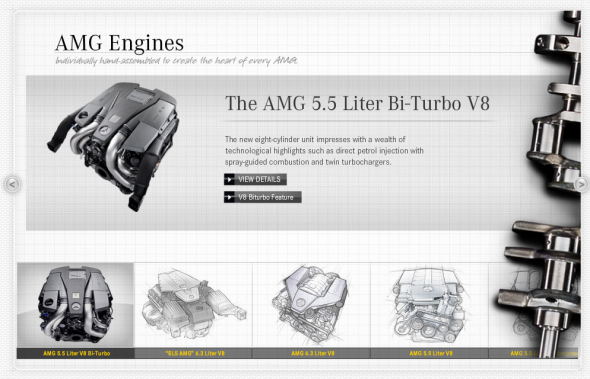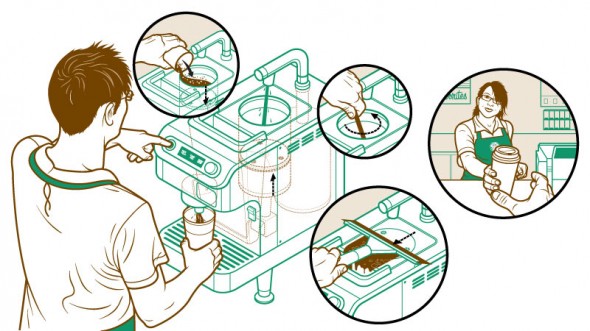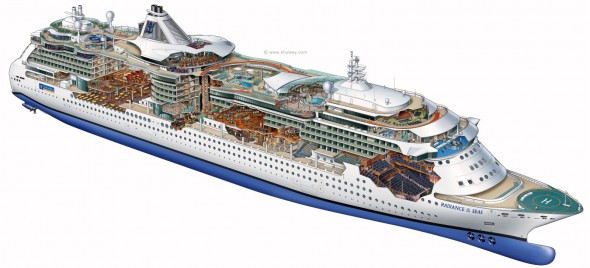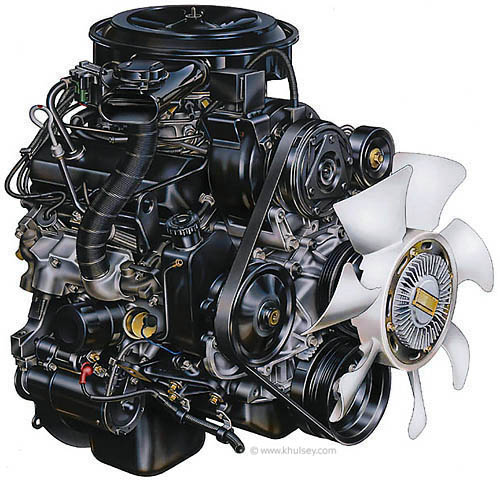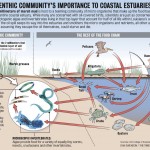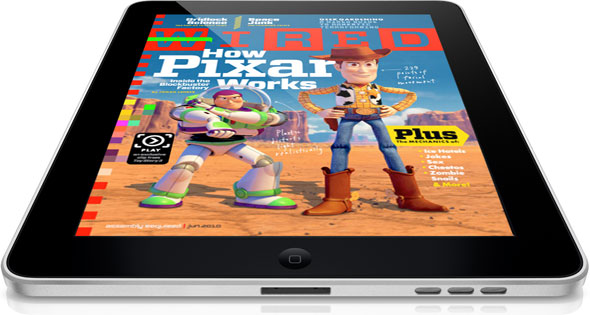I’m going to have the ear of 3-4 developers from Adobe’s Illustrator team sometime in the next few days. They want to know what makes our life difficult, and what would make it easier. What are your gripes, pain points, repetitive stress injuries? What is your dream feature? What are you accomplishing with plug-ins that should really be built in?
Let me know in the comments, or by editing the fancy Google Doc after the jump.

